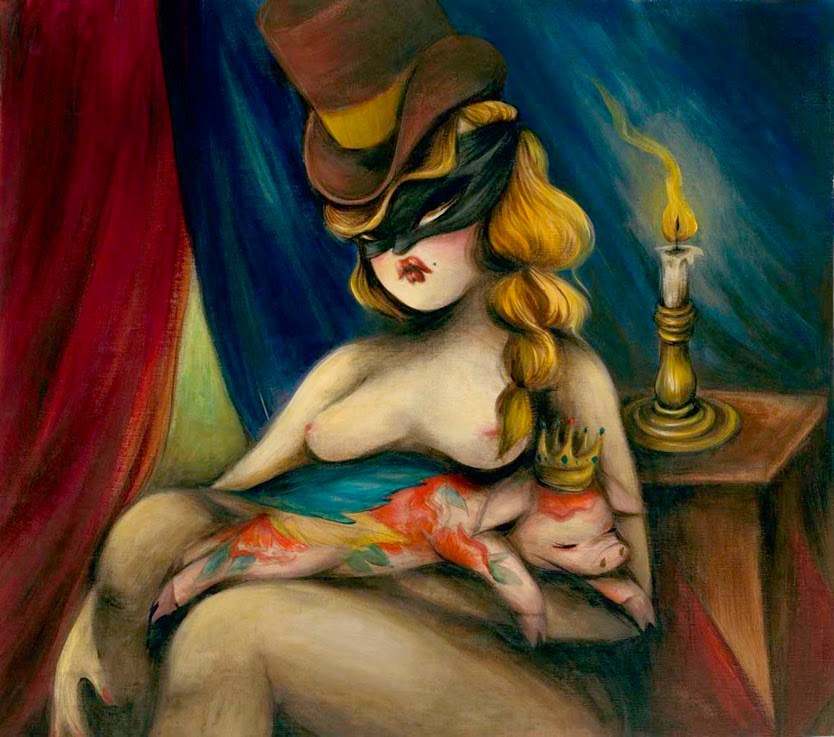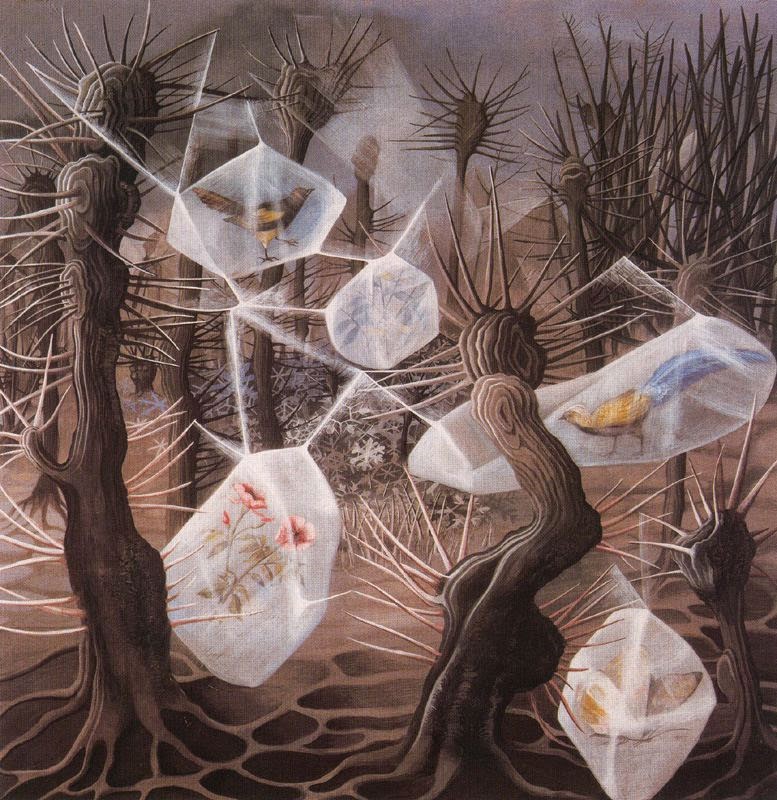Τρίτη 31 Μαρτίου 2015
Miss Van
Miss Van, Vanessa Alice Bensimon (also known as Vanessa Castex), born in 1973 in Toulouse, France, is considered one of the best known painters of the graffiti scene. She started wall painting in the streets of Toulouse at the age of 18. Her drawings are of sloe-eyed women, covering a varied array of female forms and expressing many different emotions. Her work has provoked a negative reaction from some feminists due to the portrayal of women in her graffiti. Although she receives this backlash her reasoning for her painting is more personal. "Painting on walls was a way to show that I was boycotting the conventional art world". In France, a very original form of graffiti was born in 1993 with Miss Van and Mademoiselle Kat. Miss Van is just one facet of the thriving graffiti scene in Toulouse, but she has probably gained the most worldwide acclaim for her work. She has gone on to exhibit canvases in galleries across France, Europe and the United States. Recently, she has moved to Barcelona, Spain and designed prints for the new Fornarina collection. Working on her first book and future art shows in Europe. Miss Van was also referenced by punk rock comic artist Mitch Clem in his semi-autobiographical comic San Antonio Rock City. I present here those that have more dark/gothic atmosphere. Visit her SITE for more of her work.
Κυριακή 15 Μαρτίου 2015
Remedios Varo
Remedios Varo Uranga (1908 – 1963) was a female Spanish-Mexican para-surrealist painter and anarchist. Renaissance art inspired harmony, tonal nuances, unity, and narrative structure in Varo’s paintings. The allegorical nature of much of Varo's work especially recalls the paintings of Hieronymus Bosch, and some critics described her art as "postmodern allegory". Varo was also influenced by styles as diverse as those of Francisco Goya, El Greco, Picasso, and Braque. While André Breton was a formative influence in her understanding of Surrealism, some of her paintings bear an uncanny resemblance to the Surrealist creations of the modern Greek-born Italian painter Giorgio de Chirico. In Mexico, she was influenced by pre-Columbian art.
She also turned to a wide range of mystic and hermetic traditions, both Western and non-Western for influence. She was influenced by her belief in magic and animistic faiths. She was very connected to nature and believed that there was strong relation between the plant, human, animal, and mechanical world. Her belief in mystical forces greatly influenced her paintings. Varo was aware of the importance of biology, chemistry, physics and botany, but thought it should blend together with other aspects of life. She turned with equal interest to the ideas of Carl Jung as to the theories of George Gurdjieff, P. D. Ouspensky, Helena Blavatsky, Meister Eckhart and the Sufis, and was as fascinated with the legend of the Holy Grail as with sacred geometry, alchemy and the I Ching.
The sense of isolation was achieved again and again as Varo secluded her characters in one environment or another, conveying an extraordinarily powerful message to those who paid attention long enough to notice it. Her use of seemingly autobiographical characters—confined and held captive by forces unknown—could be seen as exposing the dynamic of superiority that is inherent in male surrealist’s misuse of women as muses. It could be interpreted that her paintings are responses to the marginalization of women; portrayals of the characteristic misogynist treatment of women artists by the male surrealists by likening her characters and chimerical figures to prisoners.
Εγγραφή σε:
Σχόλια (Atom)



































.jpg)



